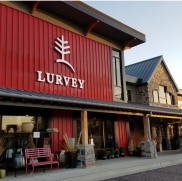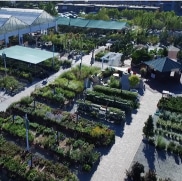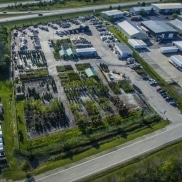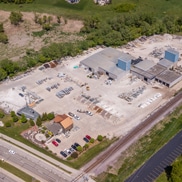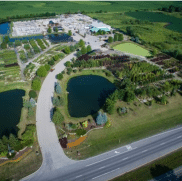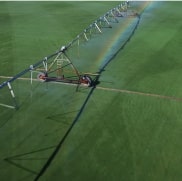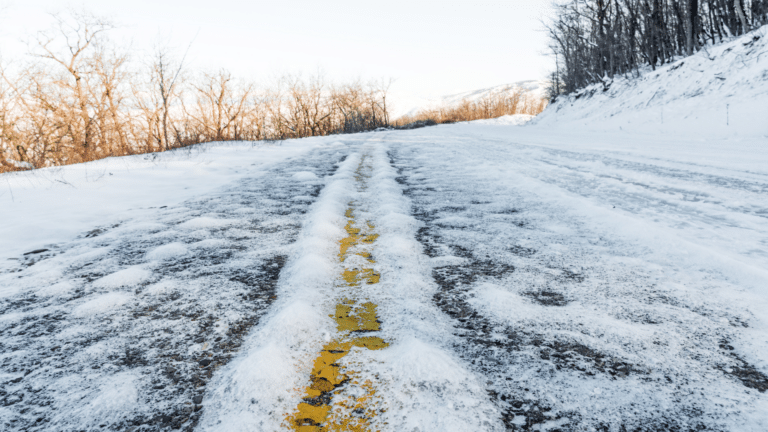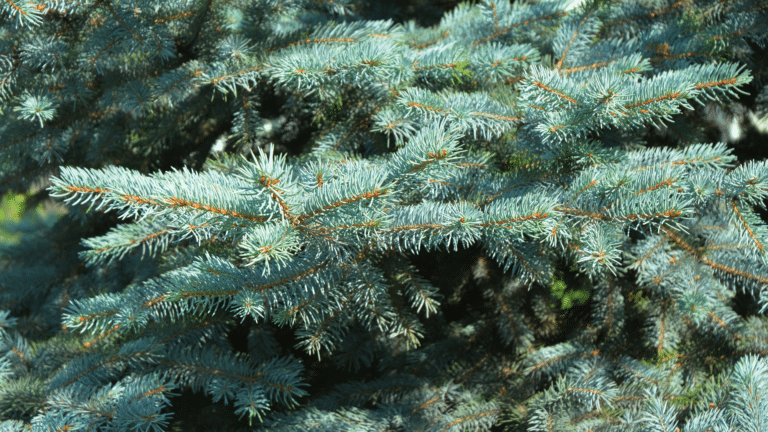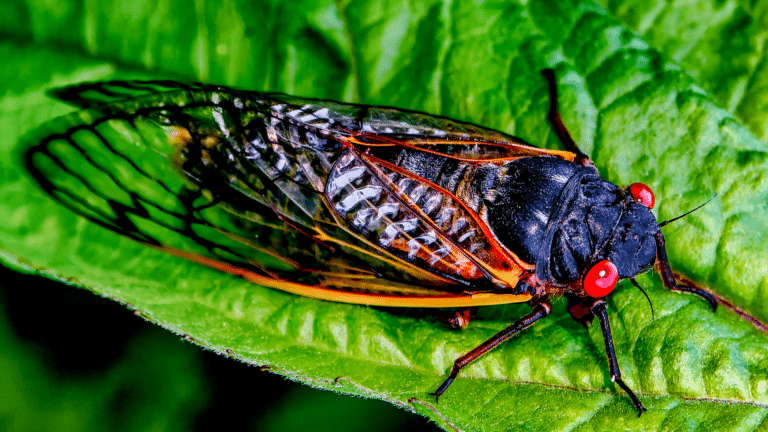Thuja occidentalis ‘Smaragd’ or ‘Emerald Green.’ Developed in Denmark 1950
Zone – 3 – 8
Growth – Grows 3’- 4’ wide 10’- 15’ high in a pyramidal shape. Once established, growth rates average 10”- 12” a year.
Uses – Spacing
Hedges, privacy screens, foundation plant, specimen. When used as a screen, the spacing should be 3’ center to center, as they will grow into one another. Used as a hedge with space in between individual’s plants either in single row or scattered row, spacing can be 4’-5’ center to center. If distance to cover is 30’, then 3’ spacing will equal 10 plants needed. Start at 2’ from both ends since the arborvitae grows 4’ wide in all directions. This is the distance from the fence or property line to center the root ball. Keeping this in mind, you will only need 9 plants for the 30’ distance with eliminating 2’ on each end.
Exposure – Placement
Full sun to part shade, 4-6 hours is ideal. Can take more sun with moisture added. If in shade, less than 4 hours of sun, the density of foliage will be reduced. Place Emerald Greens protected from winter winds, backyards against fences or near the house is fine. If placed in an open, wind exposed area by street, wrap in burlap for first few winters.
Soil
Any soil is fine but needs to be well drained. Adding mushroom compost or soil amendments such as one step will help break down our clay soils. Emerald Greens prefer moist soil, neutral in pH, they do not require acidic soil.
Watering Emerald Greens
Moist but never waterlogged. Newly planted Emerald Greens require weekly watering depending on rain. Gallons of water needed equal height, a 6’ plant needs 6 gallons of water a week. Water until December for winter moisture. Once established after a year, they require water only during times of drought. Overwatering is the number one killer of arborvitae.
Emerald Green Fertilization
A yearly compost or an organic, non acidic, fertilizer when plant is established. Mushroom or cotton burr compost, Espoma Tree Tone, or Plant Tone.
Pruning
Trim slightly, leafy areas and not into older bare branches to shape if needed in mid May. Broken branches from animals or winter snow damage can be pruned anytime.
Problems with Emerald Greens
Insects – bagworms, spider mites, scale. Diseases – tip blight, botrytis, canker. Environmental – Drought, flood, winter burn or dehydration, freezing temperatures. Seasonal Shedding – Not a problem but a concern for many. Arborvitae shed their inner leaves every 2 to 3 years in fall, this is a natural process.
